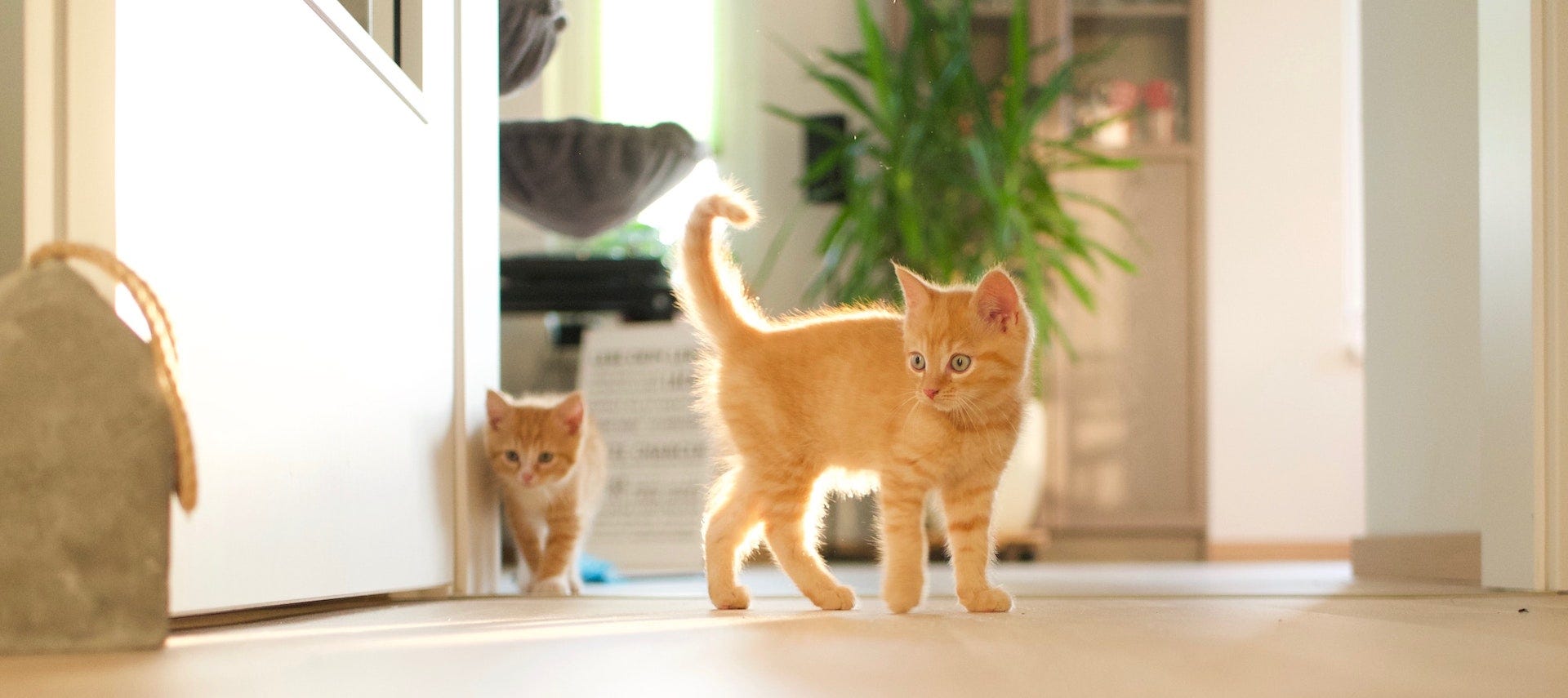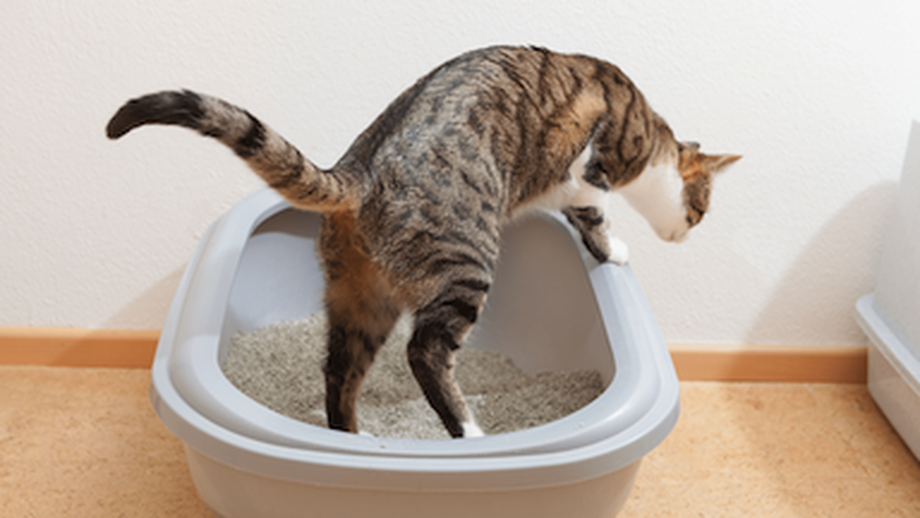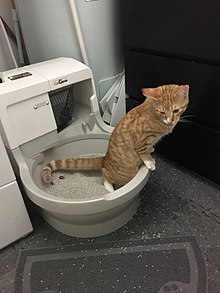Bringing a new kitten home is an exciting time, but it can also be a lot of work. One of the most important things you need to do is train your kitten to use a litter box. This may seem like a simple task, but it can actually be quite challenging. With a little patience and consistency, however, you can train your kitten to use a litter box in no time.
What is Litter Box Training?

Litter box training is the process of teaching your kitten to use a designated area for their bathroom needs. It involves introducing your kitten to a litter box, teaching them how to use it, and maintaining proper hygiene and cleanliness. This training is essential for both the comfort of your kitten and the cleanliness of your home.
Why is Litter Box Training Important?

Litter box training is crucial for several reasons:
- Keeps your home clean and odor-free: Litter box training ensures that your kitten has a designated place to eliminate, preventing accidents around the house.
- Promotes good hygiene: By using a litter box, your kitten learns to bury their waste, reducing the chances of bacterial growth and unpleasant smells.
- Ensures your kitten's comfort: Without proper litter box training, your kitten may feel stressed or anxious about finding a suitable place to eliminate.
- Creates a routine: By establishing a litter box routine, you can monitor your kitten's bathroom habits and identify any potential health issues.
Now that we understand the importance of litter box training let's dive into the steps for successful training.
How to Choose the Right Litter Box

The first step in training your kitten to use a litter box is choosing the right one. There are many different types of litter boxes on the market, so it is essential to find one that suits your kitten's needs. Here are some factors to consider when choosing a litter box:
Size:
The size of your litter box is crucial. It should be large enough for your kitten to comfortably turn around and bury its waste. If the litter box is too small, your kitten may not feel comfortable using it.
Shape:
Litter boxes come in various shapes, including rectangular, round, and hooded. Each shape has its advantages and disadvantages, so choose one based on your kitten's preferences.
- Rectangular: This is the most common shape for litter boxes. It provides ample space for your kitten to move around and is easy to clean.
- Round: A round litter box can be a good option for smaller living spaces. However, it may not provide enough room for larger kittens.
- Hooded: A hooded litter box offers privacy and helps contain odors. However, some cats may not like feeling confined while using the litter box.
Material:
Litter boxes can be made from various materials, including plastic, metal, and ceramic. Choose a material that is durable, easy to clean, and will not absorb odors. Plastic is the most common material used for litter boxes, but if your kitten tends to scratch or chew, a metal or ceramic box may be a better option.
How to Introduce Your Kitten to the Litter Box
Introducing your kitten to the litter box is an essential step in the training process. Here are some tips to help make the introduction smooth and successful:
- Show your kitten the litter box: As soon as you bring your kitten home, show them where the litter box is located. Place them near the litter box and let them explore on their own.
- Use positive reinforcement: When your kitten shows interest in the litter box, praise them and give them a treat. This will encourage them to associate the litter box with positive experiences.
- Keep the litter box accessible: Make sure the litter box is easily accessible for your kitten. If they have to climb over obstacles or go through tight spaces to reach it, they may become frustrated and refuse to use it.
- Place the litter box in a quiet area: Cats prefer privacy when using the litter box, so choose a quiet and secluded spot for it. Avoid placing it near their food and water bowls, as well as any noisy appliances.
- Be patient: It may take some time for your kitten to get used to the litter box. Be patient and give them time to adjust. Avoid forcing them into the litter box or scolding them if they don't use it immediately.
How to Supervise Your Kitten While Using the Litter Box
When your kitten starts using the litter box regularly, it is important to supervise them to ensure they are using it correctly. Here are some tips for supervision:
- Observe their bathroom habits: Keep an eye on your kitten while they are using the litter box. This will help you understand their typical bathroom routine and identify any changes that may indicate a health issue.
- Check the litter box regularly: Scoop out any waste from the litter box at least once a day. This not only keeps the litter box clean but also helps prevent odor buildup.
- Watch for signs of discomfort: Some kittens may have trouble using the litter box due to medical issues such as constipation or urinary tract infections. If you notice your kitten straining or crying while using the litter box, consult with your veterinarian.
How to Clean the Litter Box
Proper cleaning and maintenance of the litter box is vital for your kitten's health and comfort. Here are some steps to follow when cleaning the litter box:
- Wear gloves and a mask: When cleaning the litter box, wear gloves and a mask to protect yourself from any potential bacteria or parasites.
- Dispose of waste properly: Scoop out any waste from the litter box and dispose of it in a plastic bag, tied tightly. Do not flush cat waste down the toilet as it can harm the environment.
- Wash the litter box: Once a week, empty all the litter from the box and wash it with hot water and mild soap. Avoid using harsh chemicals or bleach as they may be harmful to your kitten.
- Dry the litter box completely: After washing, make sure the litter box is thoroughly dried before adding fresh litter. This will prevent bacteria and mold growth.
How to Handle Litter Box Accidents
Accidents are bound to happen during the litter box training process. Here's how to handle them:
- Clean up the mess immediately: If your kitten has an accident outside the litter box, clean it up immediately. Use a pet-safe cleaner to remove any stains and odors.
- Determine the cause: Accidents can happen due to various reasons, such as a dirty or inaccessible litter box, medical issues, or stress. Try to identify the cause and address it accordingly.
- Be patient: As mentioned earlier, litter box training takes time and patience. Do not punish your kitten for accidents, as this will only stress them further and may delay the training process.
How to Transition Your Kitten to a New Litter Box

As your kitten grows, you may need to upgrade to a larger litter box. Here's how to transition them smoothly:
- Introduce the new litter box gradually: Place the new litter box next to the old one for a few days so that your kitten gets used to it.
- Move the old litter box: After a few days, move the old litter box to a different location and keep the new one in its place. This will help your kitten adjust to the new box without feeling confused.
- Add familiar litter: If possible, add some of the old litter to the new box. This will help your kitten recognize the scent and feel more comfortable using it.
How to Handle Litter Box Problems
Sometimes, despite your best efforts, your kitten may refuse to use the litter box or develop other litter box problems. Here are some tips for handling these issues:
- Consult with your veterinarian: If your kitten suddenly stops using the litter box or seems to be having trouble, consult with your veterinarian. They can rule out any underlying medical issues and provide guidance on addressing litter box problems.
- Keep the litter box clean: Cats are naturally clean animals, and a dirty litter box can be a major turn-off. Make sure to scoop out waste regularly and clean the litter box at least once a week.
- Try different litter types: Some kittens may have preferences when it comes to the type of litter they use. Experiment with different types to see which one your kitten prefers.
Other Tips for Litter Box Training

- Have multiple litter boxes: If you have more than one cat, it is recommended to have a litter box for each cat plus an extra one. This will prevent overcrowding and potential litter box territory disputes.
- Use rewards and positive reinforcement: Reward your kitten with treats and praise every time they use the litter box correctly. This will encourage them to continue using it.
- Avoid changing locations: Once your kitten is successfully litter box trained, try to avoid moving the litter box to different locations. This can cause confusion and make your kitten reluctant to use it.
- Be consistent: Consistency is key when it comes to litter box training. Stick to a routine, keep the litter box clean, and address any issues promptly.
Conclusion
Litter box training may seem like a daunting task, but with patience and consistency, you can successfully train your kitten to use the litter box. Remember to choose the right litter box and litter, introduce your kitten gradually, and supervise them while using the litter box. With proper training, you can ensure a clean and comfortable environment for both you and your furry friend.



